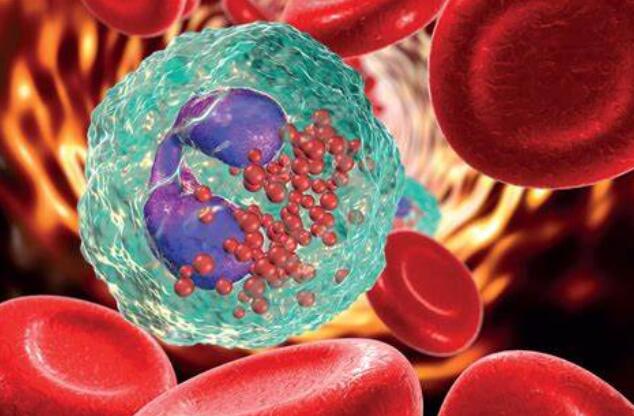
If a patient is presenting with bloating, abdominal distention after meals and constipation I would immediately be thinking methane-dominant SIBO.


The number one symptom of methane dominant SIBO is constipation ( 5). Methanobrevibacter smithii (and other less commonly found methane producers) use hydrogen – remember hydrogen is in good supply in the gut – to make methane or CH 4 ( 4). The most common methane producer in the human gut is known as Methanobrevibacter smithii. These are known as methanogens, and are technically not bacteria, but archaea. Where hydrogen production in the human gut can come from a wide variety of bacteria, methane production is limited to just a few. Moving onto the second form of SIBO we come to methane dominant SIBO.
#Small bowel bacterial overgrowth treatment how to
The testing section of this guide will outline how to test for hydrogen dominant SIBO by using certain sugars that these particular bacteria use as a food source. However, in the context of SIBO, certain hydrogen producing bacteria can take up residence in the small bowel and become what we call hydrogen dominant small intestinal bacterial overgrowth ( 4). In a healthy gut hydrogen producing bacteria reside mainly in the large bowel. Hydrogen production is common among bacteria that make up the gut microbiota. In the human gut certain bacteria produce certain gases as a by-product of their growth and replication. We will take each different type of SIBO one at a time. And what can make it slightly more complicated is the fact that a number of different types of SIBO can be present at the same time. The different forms of SIBO can make the picture slightly more complicated. While the umbrella concept of SIBO is simple enough to understand – an overgrowth of bacteria in the small intestine.

That said, the small intestine has far less bacteria when compared to the large intestine due to a range of factors including the flow of the contents (known as peristalsis – we will be coming back to this concept later) as well as bactericidal substances such as bile acids keeping the level of microbes low ( 2). Originally the thinking was that the small intestine was sterile.Īs our technology to assess microbes has improved we have learned that a healthy small intestine has a microbial community. More bacteria in the small intestine than there should be.

The most widely held definition is a growth of bacteria greater than 1,000,000 (thats 10 to the power of 5) colony forming units per ml while some researchers are pushing to reduce that number down to 10,000 (10 to the power of 3) colony forming units ( 1). There has been debate over what the exact cut off is for SIBO. An overgrowth of bacteria in the small intestine. Herbs to Treat the Underlying Cause of SIBO.Pros of Rifaximin over other Antibiotics.Which Test is Best when Screening for SIBO?.The North American Consensus on SIBO Breath Testing.Disorders of protective antibacterial mechanisms


 0 kommentar(er)
0 kommentar(er)
